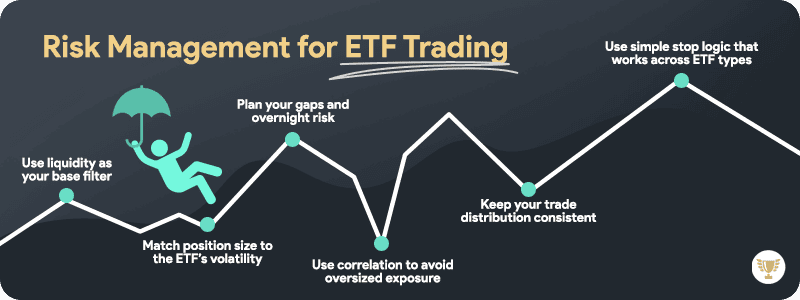Best Prop Firms for ETFs
There are only three realistic options for ETF prop trading right now, with Eightcap, Trade the Pool and The Trading Pit. Most prop firms don’t offer proper access to any exchange traded funds (ETFS), and many only provide index CFDs instead, so your choice is far narrower than it is prop trading forex, crypto or futures.












Ask an Expert